 Per my previous commentary on the “subway death photo” made in New York City on December 3 by freelance photojournalist R. Umar Abbasi, I don’t consider inappropriate either the making of that image (and those that preceded and perhaps followed it in the situation) or the publication thereof by the New York Post and, subsequently, other print and online periodicals.
Per my previous commentary on the “subway death photo” made in New York City on December 3 by freelance photojournalist R. Umar Abbasi, I don’t consider inappropriate either the making of that image (and those that preceded and perhaps followed it in the situation) or the publication thereof by the New York Post and, subsequently, other print and online periodicals.
The episode has evoked a barrage of fatuous, self-righteous nonsense, of the genres that Neil Postman once identified as “crazy talk, stupid talk.” Often it comes from people who demonstrably know little about photography’s history, as with Kenneth Irby of The Poynter Institute for Media Studies, whose “Why do we blame the (visual) messenger for tragedies?” was published at Poynter.org on December 10, 2012. Therein Irby writes,
![]()
Just remember the photographic reporting of Civil War carnage by Mathew Brady; Civil Right Freedom Riders by Charles Moore; Vietnam Napalm Bombing by Nick Ut; US Soldiers being dragged and beaten in the dirt streets of Somalia by Paul Watson; the desperate and abandoned Katrina victims by Vincent Laforet, to name a few.
In each instance, the photographers themselves, their newsrooms and their audiences wrestled with a haunting question: Could you have helped the people inside the frame?
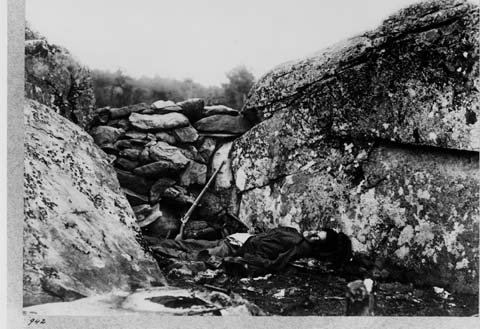
Alexander Gardner, “Home of a Rebel Sharpshooter,” Gettysburg, 1863.
With all due respect, I bring these sad tidings to Kenneth Irby: The history of photography does not consist of any old stuff you decide to make up on the spot to bolster some line of reasoning. Mathew Brady and his team didn’t have anything resembling a “newsroom,” and there’s no historical evidence suggesting that they or their audiences ever agonized over the option of the photographers helping those they photographed. Charles Moore risked life and limb to document the Civil Rights movement and bring the viciousness of southern racism to the world’s attention; neither he nor his subjects nor those who published or viewed his work back then thought he needed to do anything more beyond that. Nick Ut did in fact assist the little girl in his Pulitzer prize-winning image from Vietnam. Paul Watson could not have “helped” the dead U.S. soldier whose corpse he photographed being dragged through the streets of Mogadishu by an angry mob. And Vincent Laforet was not in a position to “help” the people he photographed (often from the air) in the aftermath of Katrina more effectively than he did by bringing their plight before the world’s eyes.
As it happens, I agree with segments of Irby’s op-ed, which argues that if Abbasi reasonably judged himself incapable of assisting Han then he’s blameless in his death. Unfortunately, Irby undermines his credibility by offering specious examples of supposedly analogous situations that, without exception, have no relevance to the case in point. His failure to do even elementary research embarrasses him, his editors, and the Poynter Institute, whose photojournalism program he founded in 1995.
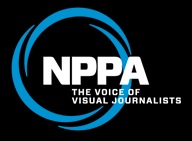 But knowing more about the history of the medium, and the field of photojournalism, doesn’t guarantee commentary free of foolishness. I find this epitomized by the remarks of John Long of the National Press Photographers Association, as quoted in “New York Post’s Subway Death Photo: Was It Ethical Photojournalism?” by Jeff Bercovici in Forbes, December 4, 2012. Here’s an extract from Bercovici’s article:
But knowing more about the history of the medium, and the field of photojournalism, doesn’t guarantee commentary free of foolishness. I find this epitomized by the remarks of John Long of the National Press Photographers Association, as quoted in “New York Post’s Subway Death Photo: Was It Ethical Photojournalism?” by Jeff Bercovici in Forbes, December 4, 2012. Here’s an extract from Bercovici’s article:
“‘I cannot judge [Abbasi],” [Long] says. ‘I don’t know how far away he was. I don’t know if he could’ve done anything.’ . . . But on the question of what his duty was in the situation, [Long is] unequivocal. ‘If you have placed yourself in a situation where you can help, you are morally obligated,’ he says. ‘The proper thing to do would’ve been to put down the camera and try to get the guy out. I can understand why people are upset. . . . Your job as a human being, so to speak, outweighs your job as a photojournalist,’ he adds.”
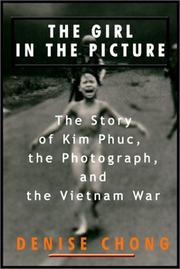
Denise Chong, “The Girl in the Picture” (2000), cover.
Bercovici continues, “While that point of view isn’t evident in NPPA’s code of ethics, which warn photographers not to ‘seek to alter or influence events,’ Long says his view predominates within the organization. He points to examples like Nick Ut, the Vietnam War photographer who recorded the famous photo of a girl running from a napalm attack, then took her to the hospital afterward, as well as to counterexamples like Kevin Carter, who won the Pulitzer Prize for a controversial image of a starving Sudanese child and later committed suicide, an act some attributed to guilt over what he had witnessed.”
Sleeping at Night
If NPPA members and other photojournalists truly opted to “put down the camera” regularly in order to do their supposedly more important “jobs as human beings,” we’d surely read about that far more often (especially at the NPPA website), and Long wouldn’t have to reach back 40 years for Nick Ut as a one-off instance. They’d also certainly find themselves much less employable, since editors and publishers and their other clients count on them to bring back pictures, not tales of their own altruism instead.
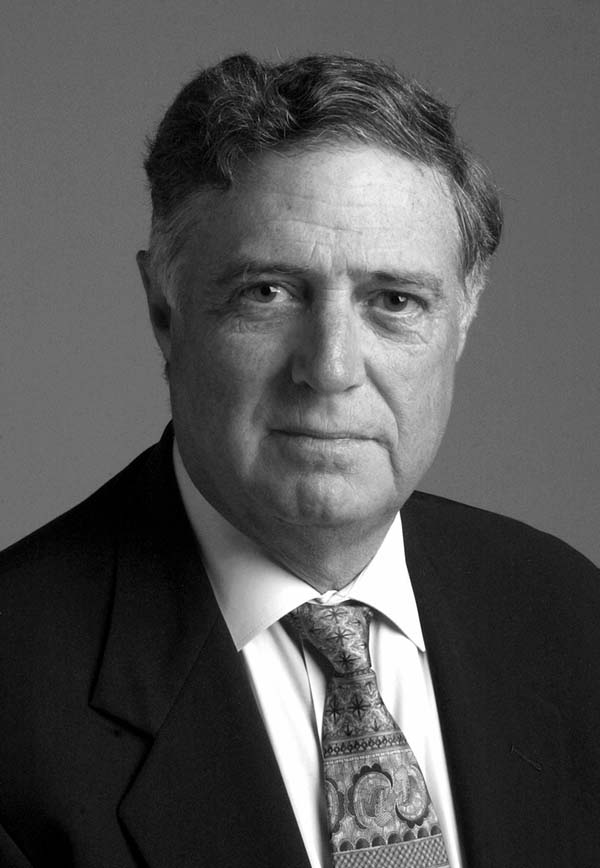
John Long, NPPA Ethics Committee chairman, official portrait.
Take my word for it: The NPPA’s membership honors the organization’s ethical advisory not to ‘seek to alter or influence events’ more in the observance than the breach. So when Long claims that “his view predominates within the organization,” I assume he really means that he and the majority of NPPA members consider it expedient to pay lip service to this mawkish feel-good notion while rarely if ever acting on the principle itself.
You’ll find further comments by Long and other NPPA members here at the organization’s blog, shedding more heat than light, alas. For example, Long writes,”I am a human being first and a photojournalist second. In my world-view, my family comes first, my church second and my photojournalism third. I have to sleep at night.” I assume that putting one’s family first requires (a) not jeopardizing one’s physical safety unnecessarily and (b) ensuring one’s employability and breadwinning capacity by doing the jobs for which one is hired. Long neglects to explain exactly how this squares with “putting down the camera” whenever he encounters a person in need of assistance, even in a dangerous situation. And he describes no single instance in which he’s manifested his attitude in action. Given his sanctimonious tone, I consider it appropriate to ask for evidence that he’s systematically put his money where his mouth is.
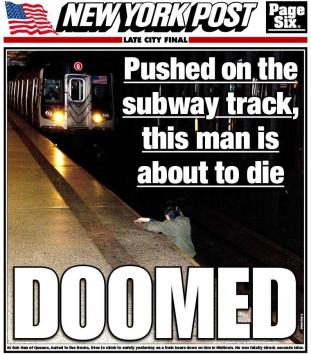
New York Post cover, subway death, 12-4-12. Photograph by R. Umar Abbasi.
By implication, I should add, Long’s adjuration proposes that any photojournalist who elects not to set aside his or her equipment in a crisis situation in order to render on-the-spot aid and comfort to victims or people otherwise at risk has failed to do that more important “job as a human being,” and is thus somehow morally deficient. That’s a logical synopsis of his posture, though I doubt that he’ll acknowledge it as such, since it weighs in the balance and finds wanting almost all documentary photographers, photojournalists, and press photographers, including the NPPA’s members. Indeed, it indicts as morally flawed the vast majority of those we delegate precisely to witness and/or bear witness to the human condition worldwide, as journalists or observers in other capacities rather than as participants in events.
R. Umar Abbasi ≠ Kevin Carter (Still)
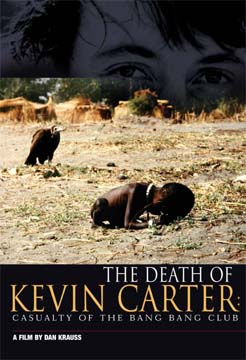
“The Death of Kevin Carter: Casualty of the Bang Bang Club” (2004), directed by Dan Krauss, poster.
Here’s the basic problem with Long’s simplistic formulation: By definition, any journalist who covers any event involving people in distress has typically placed him- or herself “in a situation where you can help.” But the world has an oversupply of people in dire straits and even immediate crisis, whose numbers far outstrip the ranks of press photographers presumably “morally obligated” to turn into Good Samaritans upon encountering the imperative of their suffering. Because it’s gotten referenced repeatedly in relation to Abbasi’s photo of Ki-Suck Han, as evidenced by the comments from Long, let’s take the “counterexample” of Kevin Carter’s image of a desperately debilitated Sudanese child as a case in point.
From the degree of emaciation evident in Carter’s image, this child had suffered so much starvation and dehydration that survival seems unlikely; and, even with optimum care rendered immediately and henceforth, any return to healthy, productive life appears highly improbable. Setting that aside, let’s suppose that, instead of or in addition to photographing her, Carter had helped her to the relief station toward which she was crawling, then returned to his job as a photojournalist. What would he have found?
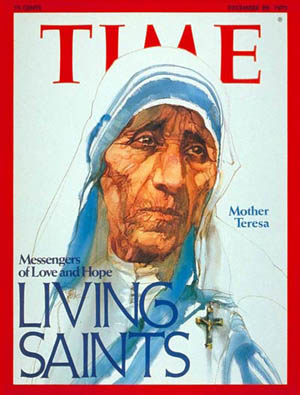
Mother Teresa, Time magazine cover, 12-29-75.
Why, another child (or adolescent, or adult, or elder) struggling on the road to the relief station. And then another, and another, and another. Day after day after day. Applying basic logic (not to mention Long’s formula), having helped the first because it was his “duty” Carter could hardly decide not to render dutiful assistance to the next, and the next, except on some entirely arbitrary and thus indefensible basis. And so, inexorably, he would have turned from functioning in the role of photojournalist to becoming a Mother Teresa-like comforter of the sick and dying. Obviously, he couldn’t have done both.
Now, opting as Carter did to not intervene in the situation (beyond shooing the vulture away), instead remaining in the role of photojournalist, leaves any dedicated witness in a morally uncomfortable position, to say the least — observing and describing the suffering of others for the record, and in the hope (sometimes) that his or her account of what he saw, along with those of others, might prompt the provision of assistance or, at least, prevent the recurrence of that scenario of misery. It takes a certain temperament to handle those strains. Aside from the physical risks involved in that job, doing it takes a toll — psychological, emotional, physical — on those who perform it. Journalists who cover such stories have written and spoken eloquently about the personal consequences of choosing that line of work, with its constant exposure to people’s pain and grief: substance abuse, other forms of excess, callousness, depression, burnout, suicidality. Not a field with encouraging actuarials.
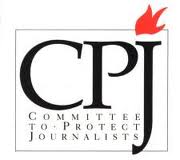 Why don’t all journalists covering stories about people in distress simply abandon their roles as observers and witnesses and pitch in to help individual victims of those dire circumstances? I’ll hazard a guess that if journalists wanted to work as nurses, medics, doctors, firefighters or other first responders, or care-giving sisters of mercy like Mother Teresa, they’d have chosen a different profession or calling and undergone a much different kind of training. They elected instead to make their livings practicing various forms of a craft that makes a different but hardly easier set of moral and ethical demands on them.
Why don’t all journalists covering stories about people in distress simply abandon their roles as observers and witnesses and pitch in to help individual victims of those dire circumstances? I’ll hazard a guess that if journalists wanted to work as nurses, medics, doctors, firefighters or other first responders, or care-giving sisters of mercy like Mother Teresa, they’d have chosen a different profession or calling and undergone a much different kind of training. They elected instead to make their livings practicing various forms of a craft that makes a different but hardly easier set of moral and ethical demands on them.
Journalism is their way of helping; performing its obligations to the best of their abilities is their ethical commitment. Their documentation of events large and small often proves crucial to the righting of social injustice, prosecution of war crimes,and other aspects of cultural evolution. It carries its own set of hazards; the number of jailed journalists worldwide is at a record high; almost 1000 have been killed since 1992.
Since Long presents himself as a man guided by his religious faith, let me remind him that the Greek word martureo, from which we derive our English word martyr, means “to be a witness, to bear witness, i.e. to affirm that one has seen or heard or experienced something.” Unless one argues for the discreditation of the profession of journalism as a whole (not Long’s intent, surely), proclaiming that its practitioners have some higher duty to fulfill comes across as mere holier-than-thou preening.
•
(For an index of links to all posts in this series, click here.)
•
This post supported by a donation from Yoshio Kishi.


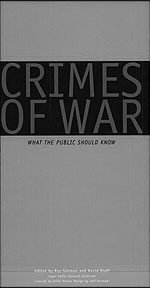




This is an interesting contention that, in situations where one duty must be chosen to the neglect of the other, one’s duty to his/her profession as a journalist supersedes one’s duty as a human being.
And I don’t think it is at all as clear-cut as you like to make it. You’ve used end-cases to support your argument; cases where what you can accomplish as a human being is minimal or even unnecessary in the larger picture that the duty to your profession is a sensible choice, even if difficult.
Let’s assume, for arguement, that there is a continuum of situations and your choice of what to do runs on this continuum. At one end, the end you’ve chosen your examples from, what you as an individual can accomplish is either not needed because others can do it or of minimal importance compared to the importance of documenting the scene. (examples, people are filling sandbags to hold back a flood or people at a relief station need to be fed).
An example from the other end of the continuum; you are working for a tabloid daily that is given out free in supermarkets and, by happenstance, you are standing alone in a metal working mill and a Nobel prize winner in medicine, and your childhood sweetheart, is about to be crushed in a commercial press while holding her twin daughters. The only off/switch requires you to drop the camera and use both hands to shut it off. While the picture would be great, you would undoubtedly have to drop the camera and work the switch to save the women and her twin children.
Clearly, the point where your personal feelings and and humanity overcomes your duty to the profession lies somewhere along that line of situation that connects the two extremes and no simple rule can make locating that crossover point clear. It seems that putting journalism first always, in all situations, is the same kind of preening.
As H.L. Mencken said, ‘For every complex question, there is a single answer that is simple, clear and wrong.’
Please note that I’m not deliberately stacking the deck by cherry-picking what you refer to as “end-cases” to support my argument. The instance in question, the subway tragedy, is a given, the basis for the current furious debate, not something I selected for that purpose. The analogizing of Abbasi’s response in this crisis to Kevin Carter’s response in the case of the Sudanese child also isn’t of my choosing; it’s the situation to which most others have equated Abbasi’s as “bad photographer” behavior — just as Nick Ut’s actions vis-a-vis Kim Phuc are most frequently cited as exemplary of “good photographer” behavior. So I’m just playing the hand that others have dealt me.
Of course there’s a spectrum. And of course anyone’s decisions (mine included) would likely change as we move along such a sliding scale. But, in this culture as in others, as a general rule we’ve prioritized sticking to one’s post (broadly speaking) rather than abandoning it as the preferred course of action; we don’t consider that a personal-preference option, a coin-toss decision, or a choice subject to situational ethics on a case-by-case basis.
I consider my own duty to the professions of journalism, criticism, and teaching as part and parcel of both my “personal feelings” and my “humanity.” I didn’t suggest “putting journalism first always, in all situations.” I do advocate that journalists put their profession first in most professional situations. By my lights, if we want an example of Mencken’s “single answer that is simple, clear and wrong,” we need look no further than National Press Photographers Association ethics committee chair John Long’s vague formulation: “If you have placed yourself in a situation where you can help, you are morally obligated.”
Dear Mr. Coleman,
Don’t get me wrong. I am agreeing with you and think that it is the organization’s stances are silly. In this case, where the situation is so nuanced, with issues that can’t be evaluated in any clear way, they would have been best represented just by being silent.
That is an uncomfortable state for organization heads and they resist entering it.
Just as hard cases make bad law, they also make for silly pronouncements.